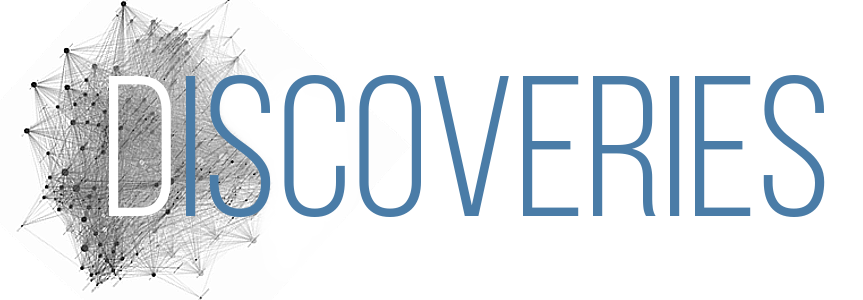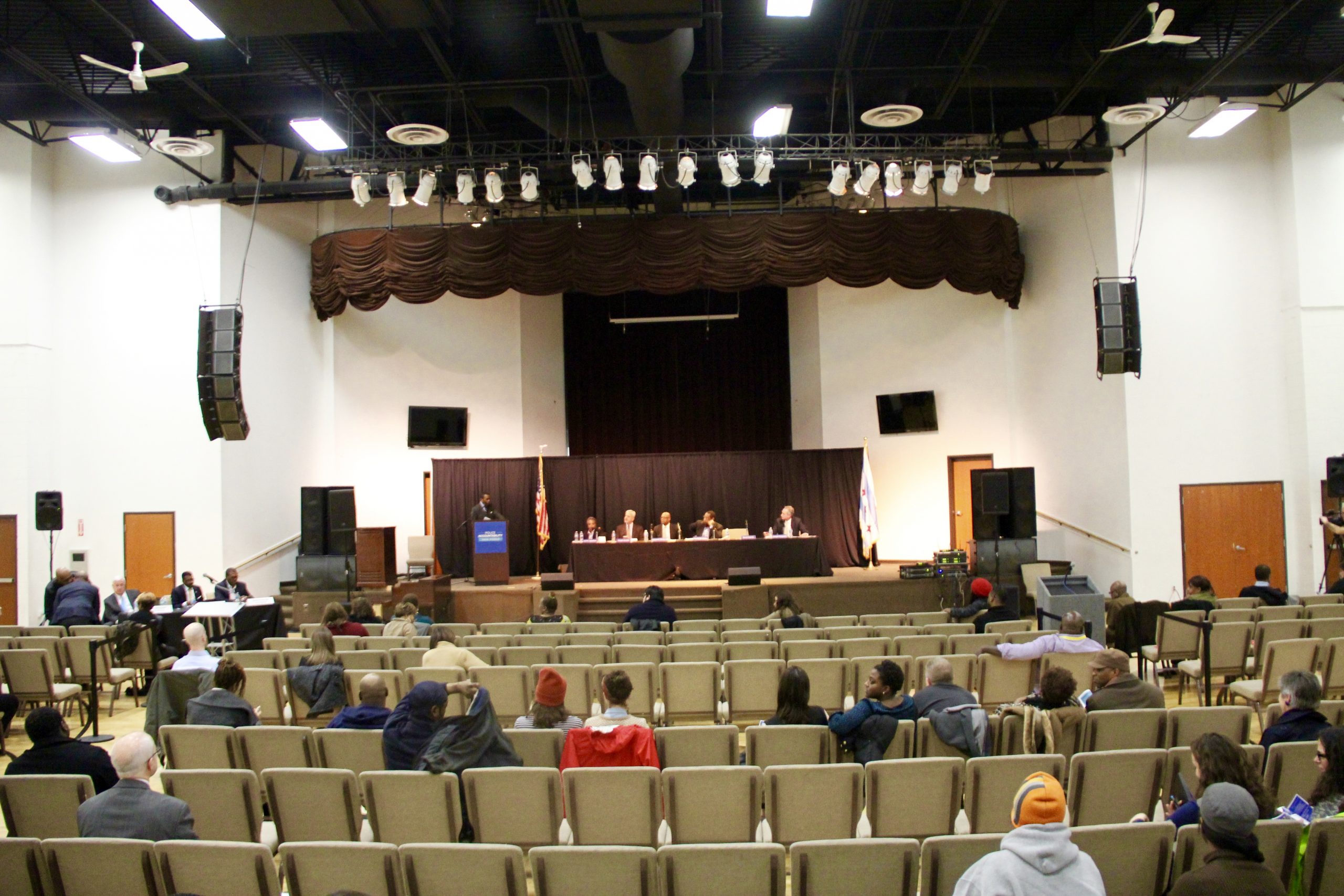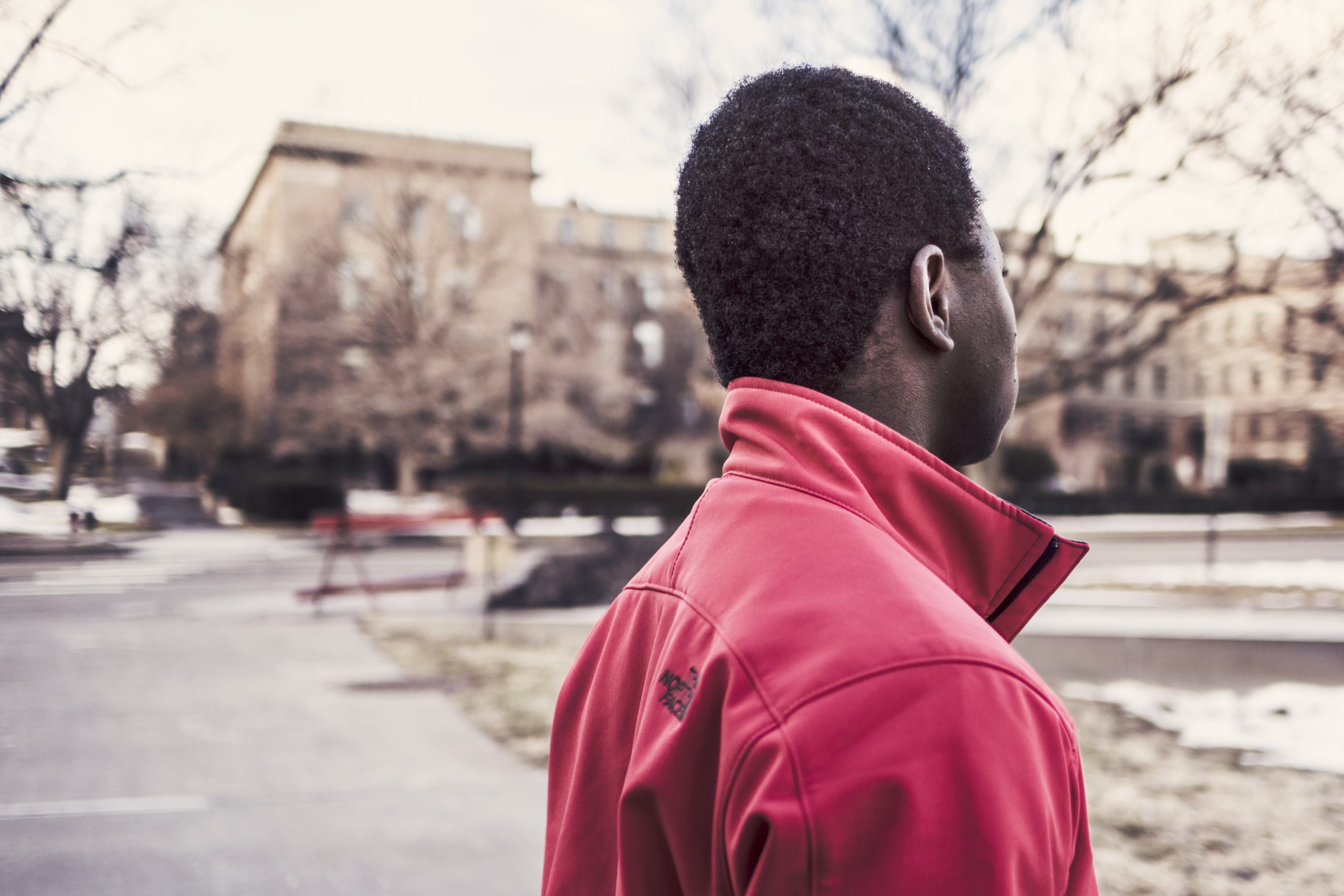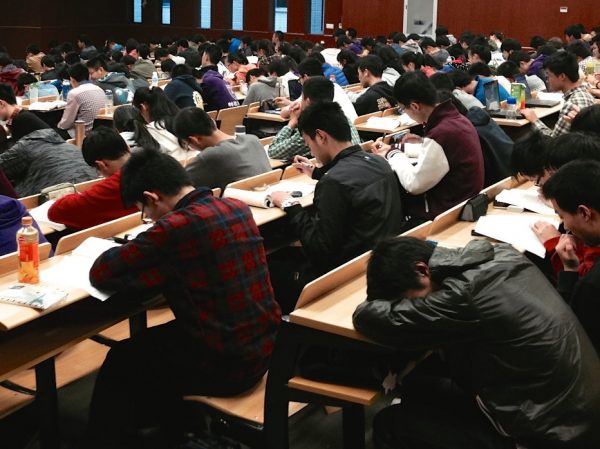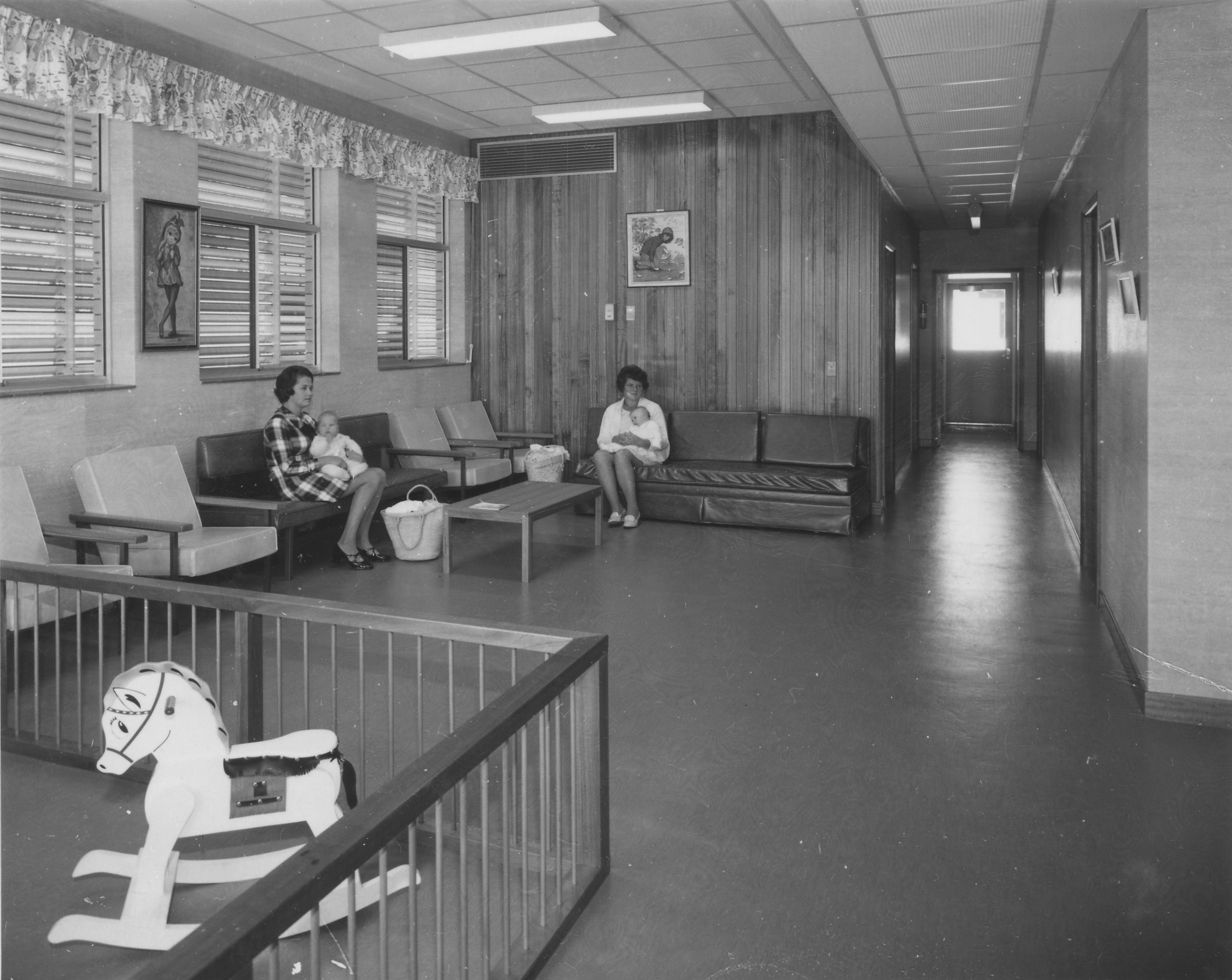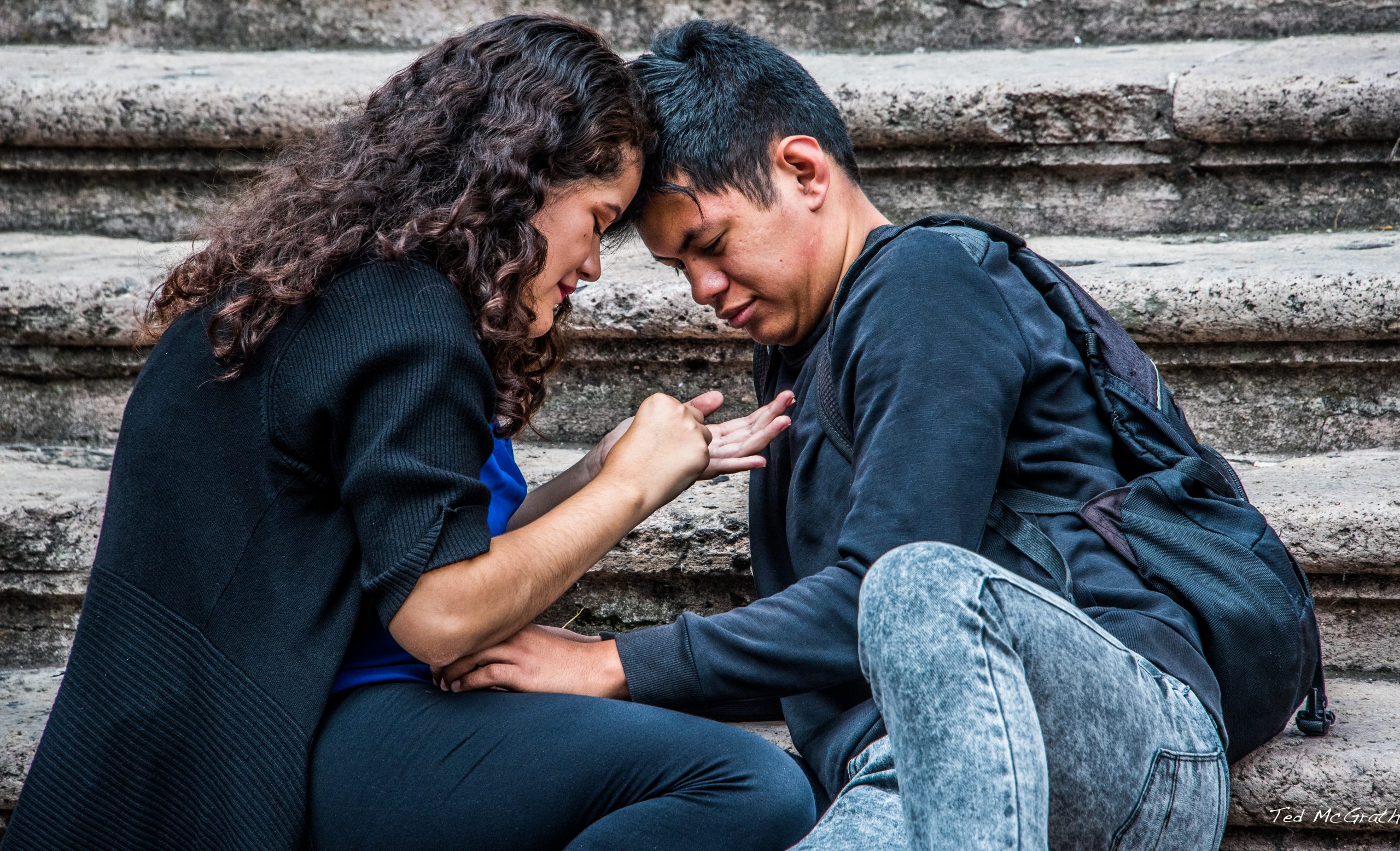
Ah, young love. We tend to think of romantic relationships between teenagers as fun and fleeting: intense infatuations that may bring drama or heartbreak but are not really relevant to young people’s well-being. However, new research from Sara Villalta and colleagues finds that when adolescent relationships are high-quality, they can support emotional well-being.
Villalta and colleagues used data about teenagers’ relationships and emotional wellbeing collected over the course of a year through short surveys administered about twice a month. The teenagers who took these surveys were sixteen or seventeen as part of a larger study that has followed them from birth. Every two weeks, these now-teenagers answered questions about how they were feeling and whether they were in romantic partnerships. They were also asked about how they felt about these relationships, and reported whether they felt their relationships were high-quality, making them feel supported with little conflict, or low-quality, with frequent disagreements and little support.
The researchers found that when teenagers are in high-quality relationships they are more likely to feel happy and less likely to feel sad. That is, teenagers’ emotional health is improved by relationships with partners that make them feel supported and with whom they infrequently have arguments.
Common stereotypes of “boy-crazy” young women suggest that teenage girls might have more emotional investment in their romantic relationships. As a result, adolescent girls’ emotions could be more influenced by these partnerships. Contrary to these stereotypes, the researchers found that both teen boys and girls felt happier and less sad when in high-quality romantic relationships.
The researchers also tested whether teenagers who have had challenging childhood experiences, such as bad relationships with their mothers or harsh parenting, or who came from households with fewer resources were more likely to be both in low-quality relationships that are unsupportive and argumentative and feel less happy. On the other hand, results indicated that regardless of the background of teenagers, high-quality romantic relationships made them feel happier.
This research cautions us to not dismiss teenagers’ romantic relationships as fun, ephemeral, and ultimately unimportant forays into love. Instead, Villalta and colleagues’ findings show us that when teenagers’ relationships are supportive and have little conflict they can help adolescents thrive.
